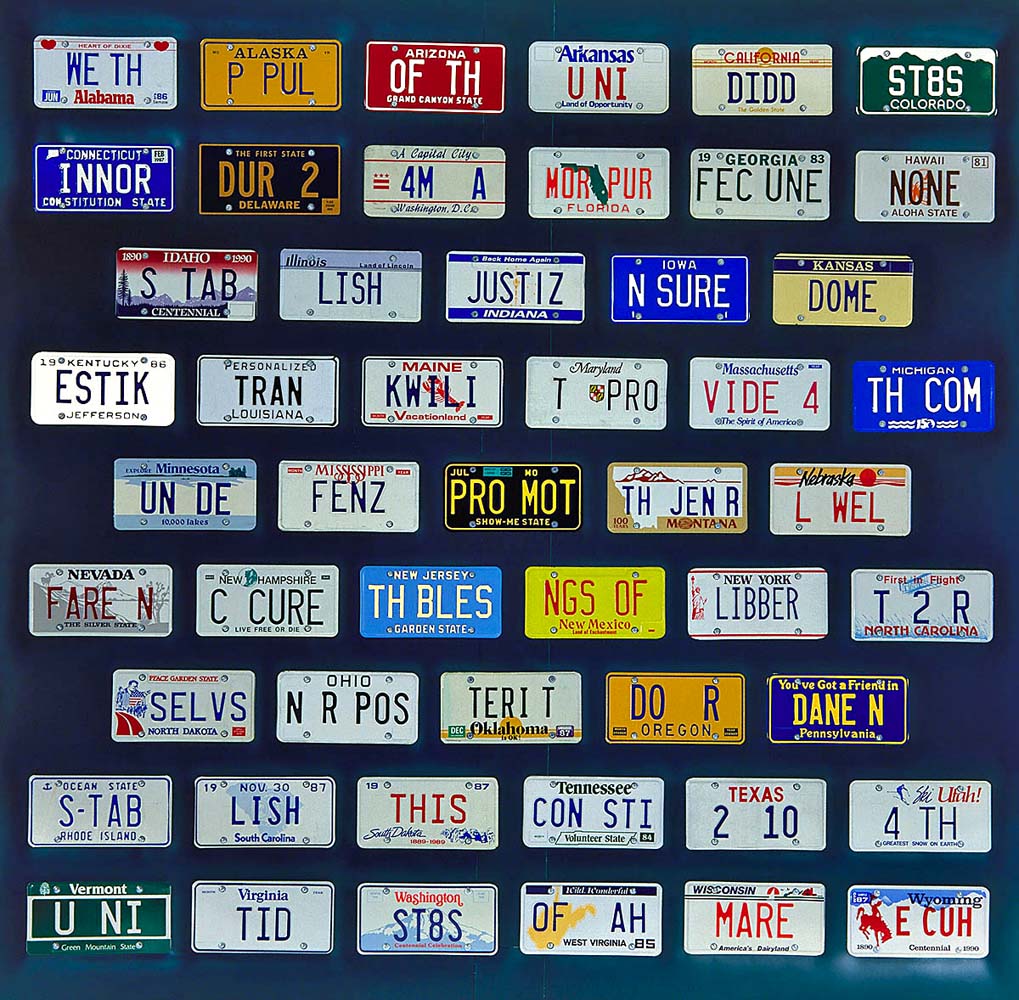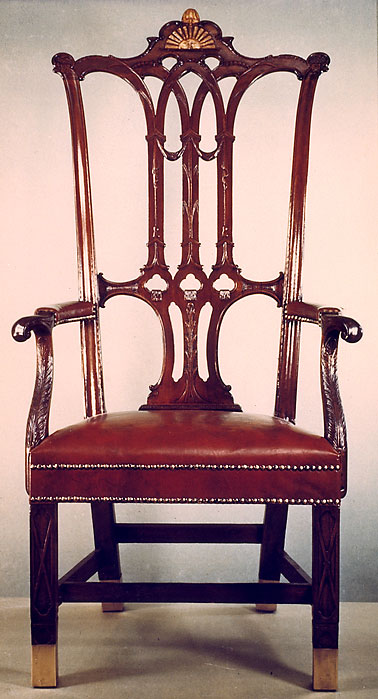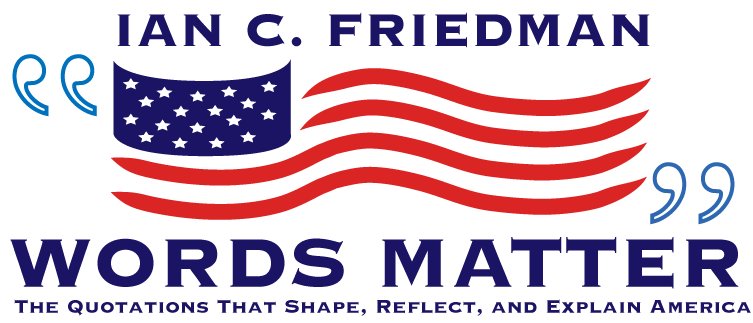“We the people…” – Preamble to the Constitution
 The United States was over ten years old before what would become its owners manual, the Constitution, was signed and nearly twelve years old before it was fully ratified.
The United States was over ten years old before what would become its owners manual, the Constitution, was signed and nearly twelve years old before it was fully ratified.
That the founders of the new nation were reluctant to create a system of governance featuring a strong central authority was understandable. They had recently broken away from the British monarchy in 1776 and just over a year later adopted the Articles of Confederation as its first constitution (the Articles were ratified by all thirteen states in 1781.) However, it soon became evident–in such events as Shay’s Rebellion in January 1787–that the Articles of Confederation were insufficient in dealing with the challenges and needs of Americans.
Under the Articles, Congress could not tax or regulate commerce. Congress was dependent on financial support from states, which often were not inclined or able to provide it. As a result, the Congress failed to raise the money needed to pay soldiers or repay loans to foreign nations. States escalated their economic competition as the nation itself became increasingly perceived as an undependable adolescent, vulnerable and incapable of taking care of itself.
Displaying impressive diligence, maturity, and foresight, many of the men most responsible for crafting independence and the Articles–including George Washington, James Madison, Alexander Hamilton, and Benjamin Franklin– set about fixing what was not working. In February 1787, the Continental Congress called for a convention of delegates to meet in May in Philadelphia, “to devise such further provisions as shall appear to them necessary to render the constitution of the Federal Government adequate to the exigencies of the Union.”
Over the course of the next few months, the delegates debated the revised structure of the American government. Led by Virginia’s governor Edmund Morris and Madison was the Virginia Plan, which proposed a strengthened Congress featuring two legislative bodies determined by state population. Disenchanted with this proposal were delegates from many smaller states and others still very wary of expanded federal power. From them came the New Jersey Plan, which provided a slight boost to federal authority but opposed a lawmaking body based on a state’s population. Melding these visions was what became known as the Connecticut Compromise, featuring a bicameral legislature consisting of a population-determined House of Representatives and a Senate in which each state had two members, regardless of its size.
Other important provisions were hammered out through compromise, including one that split northern and southern states on an issue that would later play a critical role in leading the sides to civil war: slavery. Southern delegates were successful in gaining prohibitions against Congress limiting the slave trade for at least twenty years and in allowing slaves to be counted as three-fifths of a person. This increased the southern influence in the House of Representatives and in the electoral college.
A final draft of the document was written by a committee that included Madison and Hamilton, though a New Yorker named Gouverner Morris is credited with having the greatest influence on its composition, including its Preamble:
We the people of the United States, in order to form a more perfect union, establish justice, insure domestic tranquility, provide for the common defense, promote the general welfare, and secure the blessings of liberty to ourselves and our posterity, do ordain and establish this Constitution for the United States of America.
 Much of what we know about the Constitutional Convention comes from the notes kept of the proceedings by delegate and future President of the United States, James Madison. Among his recordings of September 17, 1787 was an anecdote about Benjamin Franklin. Earlier in the day, Franklin had expressed his concerns about the Constitution as submitted, but he decided to support it. Despite his reservations, Franklin believed that it was important that the Constitution be unanimously approved by the delegates. Though he was ultimately unable to persuade all members to provide unanimous approval (16 of the 55 delegates voted against its adoption and three of those delegates did not sign the document), Franklin did express confident optimism that this new blueprint for the young nation would succeed in its goal of bringing peace, prosperity, and liberty to the American people. According to Madison’s notes:
Much of what we know about the Constitutional Convention comes from the notes kept of the proceedings by delegate and future President of the United States, James Madison. Among his recordings of September 17, 1787 was an anecdote about Benjamin Franklin. Earlier in the day, Franklin had expressed his concerns about the Constitution as submitted, but he decided to support it. Despite his reservations, Franklin believed that it was important that the Constitution be unanimously approved by the delegates. Though he was ultimately unable to persuade all members to provide unanimous approval (16 of the 55 delegates voted against its adoption and three of those delegates did not sign the document), Franklin did express confident optimism that this new blueprint for the young nation would succeed in its goal of bringing peace, prosperity, and liberty to the American people. According to Madison’s notes:
Whilst the last members were signing it…Franklin [was] looking towards the [convention president, George Washington’s] chair, at the back of which a rising sun happened to be painted…[he] observed to a few members near him, that [the] painters had found it difficult to distinguish in their art a rising from a setting sun. I have, said he, often and often in the course of the session, and the vicissitudes of my hopes and fears as to its issue, looked at that behind the president without being able to tell whether it was rising or setting: But now at length I have the happiness to know that it is a rising and not a setting sun.




